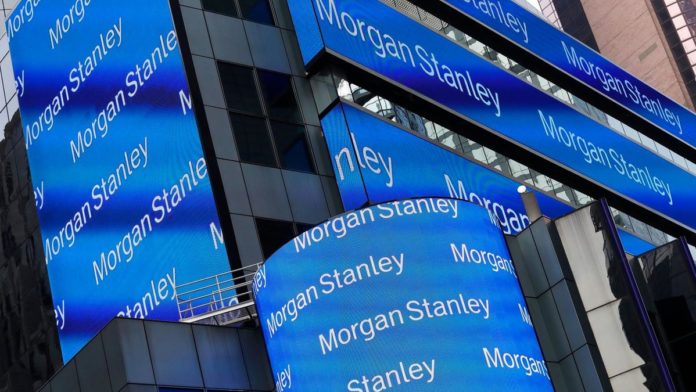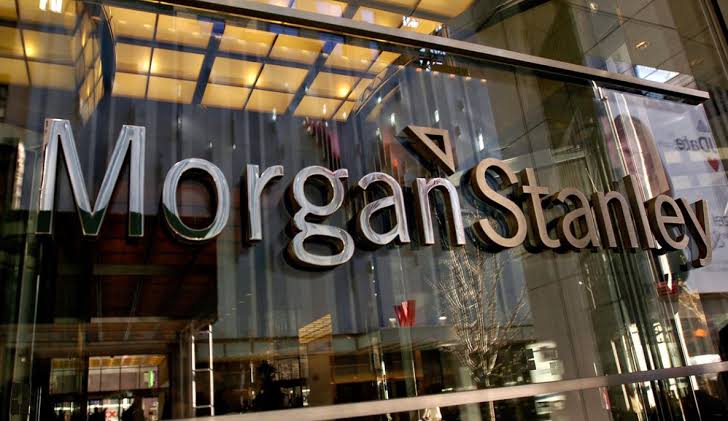
Money Street may confront a more sustained rate cuts Amidst Morgan Stanley’s expectation of arrival to zero.
Due to exchange strain heightening and debilitating financial pointers, Wall Street is starting to foresee increasingly forceful loan cost cuts from the Federal Reserve, with at any rate one gauge seeing an arrival to close to zero.
Financial specialists appear to diminish three quarter-point before the part of the bargain. They are wanting to make numerous moves in 2020 until plainly
U.S. national bank has fought off subsidence.
Godman Sachs simply cut its U.S GDP projection by 0.2% and Merrill Lynch is presently indicating a more prominent than 30% shot of a retreat starting in the following a year.

At the point when Federal Reserve cut rates by quarter-point toward the part of the arrangement, was the first-rate cut in quite a while.
The national bank called its “mid-cycle alteration.” But straightforward changes won’t make it more peruser steps are required. “More slow development and rising dangers will probably affect the Fed to cut rates further,” UBS financial expert Seth Carpenter said in a report for customers.
“In spite of the fact that we saw little help from the Committee for further cuts at the July meeting, exchange advancements ought to give enough defense to cut in September.”
According to Carpenter, there will be two more rate cuts. One in December and one last decrease in March 2020 for a full cycle of 100 premise focuses lower, taking the Fed’s benchmark supports rate down to a scope of 1% to 1.25% before one year from now’s over.
The more extended run reserve’s rate to be 2.5% higher than the present objective scope of 2% to 2.25% as per their latest projection in June.
The conjecture came one day before President Donald Trump reported that he plans to demand duties on the remaining $300 billion or so of Chinese imports not as of now focused on.
“Trump’s declaration that taxes on the last hint of Chinese imports would be actualized September 1 has changed the viewpoint,” Carpenter said. “The new levies will slow development. We envision the Fed facilitates Policy further in light of log jam and their feelings of trepidation of expanded vulnerability.”






